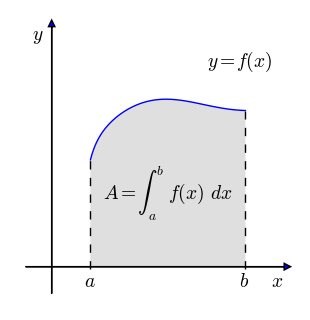Integralrechnung/Aufgaben
Aus ZUM-Unterrichten
Aufgabe 4
Bestimme jeweils eine Stammfunktion zu folgenden Funktionen durch umgekehrte Differentiation.
- (nur Lk)
- (nur Lk)
Die allgemeinen Lösungen lauten:
Frage
Wie lautet die (allgemeine) Stammfunktion zur allgemeinen Potenzfunktion ?




